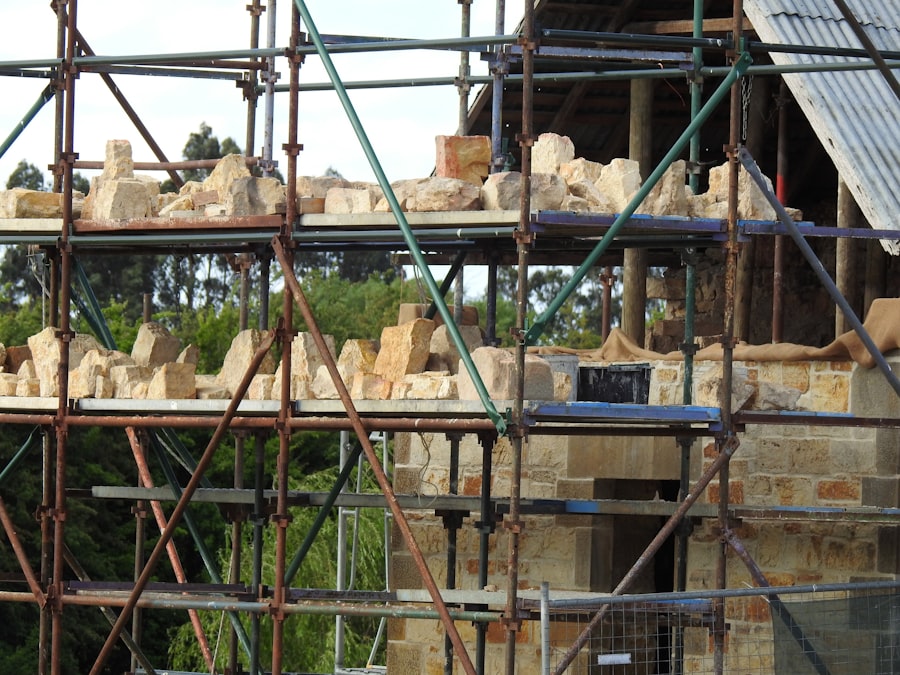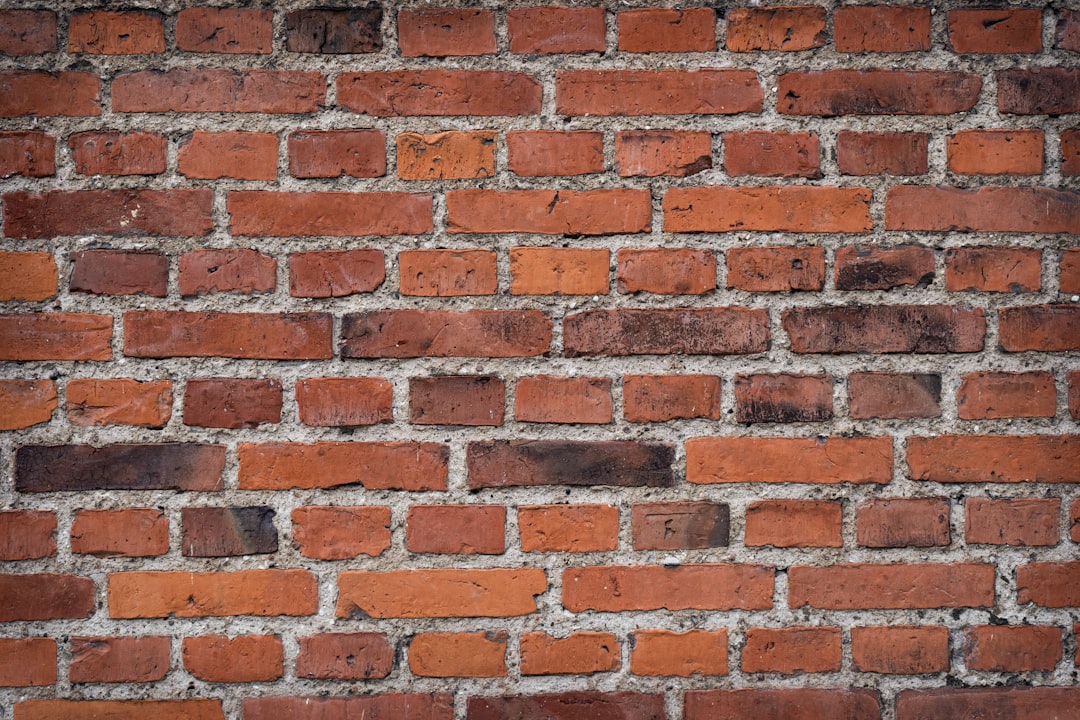The intricate relationship between social factors and crime has long been a subject of interest for criminologists, sociologists, and policymakers alike. Crime does not occur in a vacuum; rather, it is deeply embedded within the social fabric of communities. Social factors encompass a wide range of influences, including socioeconomic status, family dynamics, peer relationships, community characteristics, media portrayals, and broader social inequalities.
Understanding these factors is crucial for developing effective crime prevention strategies and addressing the root causes of criminal behavior. The interplay between social factors and crime is complex and multifaceted. For instance, individuals do not merely act on their impulses; their decisions are often shaped by their environments and the social structures surrounding them.
This perspective shifts the focus from individual pathology to a broader understanding of how societal conditions can foster or inhibit criminal behavior. By examining these social determinants, we can gain insights into why certain populations are more susceptible to crime and how targeted interventions can mitigate these risks.
Key Takeaways
- Social factors play a significant role in influencing criminal behavior.
- Socioeconomic status can impact an individual’s likelihood of engaging in criminal activities.
- Family structure and dynamics can contribute to a person’s propensity for criminal behavior.
- Peer influence can have a strong impact on an individual’s involvement in criminal activities.
- Community and neighborhood characteristics can also influence crime rates.
The Role of Socioeconomic Status in Crime
The Impact of Economic Deprivation
Economic hardship can limit access to essential resources, education, and stable employment, creating an environment where crime may seem like a viable option for survival.
The Complex Relationship Between SES and Crime
Research has shown that neighborhoods with high poverty rates often experience elevated levels of violent crime, as individuals may resort to illegal activities to meet their basic needs. The relationship between SES and crime is also influenced by systemic factors such as discrimination and lack of access to social services.
Addressing Socioeconomic Disparities to Reduce Crime
Programs aimed at improving economic opportunities in disadvantaged communities have shown promise in reducing crime rates by addressing the underlying socioeconomic disparities. By providing access to education, employment, and essential resources, these programs can help individuals regain control over their circumstances and reduce the likelihood of criminal behavior.
Family Structure and Crime

Family structure plays a pivotal role in shaping an individual’s propensity for criminal behavior. Research indicates that children raised in single-parent households or in families with unstable relationships are at a higher risk of engaging in delinquent activities. The absence of a stable parental figure can lead to a lack of supervision and guidance, which are critical during formative years.
For example, studies have found that adolescents who grow up in homes characterized by conflict or neglect are more likely to engage in criminal behavior compared to those from nurturing environments. Additionally, the dynamics within families can influence attitudes toward authority and societal norms. In families where criminal behavior is normalized or where parents themselves have a history of criminal activity, children may internalize these behaviors as acceptable.
This cycle of crime can perpetuate across generations, creating a pattern that is difficult to break. Interventions that focus on strengthening family bonds and providing support for at-risk families have been shown to reduce juvenile delinquency and promote healthier family dynamics.
Peer Influence and Crime
| Peer Influence and Crime Metrics | 2018 | 2019 | 2020 |
|---|---|---|---|
| Number of crimes influenced by peers | 500 | 550 | 600 |
| Percentage of youth involved in peer-influenced crimes | 25% | 28% | 30% |
| Percentage of peer pressure related crimes in total crime rate | 15% | 17% | 20% |
The influence of peers on an individual’s likelihood to engage in criminal behavior cannot be overstated. Adolescents, in particular, are highly susceptible to peer pressure, which can lead them to partake in activities they might otherwise avoid. Research has demonstrated that individuals who associate with delinquent peers are significantly more likely to engage in criminal acts themselves.
This phenomenon is often exacerbated in environments where delinquent behavior is prevalent among peer groups. Peer influence operates through various mechanisms, including the desire for acceptance and the need to conform to group norms. For instance, a teenager who wishes to fit in with a group that engages in drug use may feel compelled to participate, even if they initially have reservations about such behavior.
Furthermore, the presence of gangs in certain neighborhoods can create an environment where criminal activity is not only normalized but also celebrated. Programs that promote positive peer interactions and provide alternative social networks have been effective in steering youth away from crime.
Community and Neighborhood Effects on Crime
The characteristics of a community or neighborhood significantly impact crime rates and the types of crimes committed. High-crime neighborhoods often share common features such as poverty, lack of social cohesion, and limited access to resources.
When residents feel disconnected from one another and lack trust in their neighbors, the likelihood of crime increases. Moreover, the physical environment of a neighborhood can influence crime rates as well. Poorly lit streets, abandoned buildings, and lack of recreational spaces can create an atmosphere conducive to criminal activity.
Wilson and George L. Kelling, posits that visible signs of disorder and neglect lead to an increase in crime as they signal that deviant behavior is tolerated.
Community-based initiatives that focus on improving neighborhood conditions—such as enhancing public spaces and fostering community engagement—have shown promise in reducing crime by restoring a sense of order and collective efficacy.
Media and Crime

The Distorted View of Reality
This portrayal can lead to heightened fear among community members and may result in calls for harsher penalties or increased policing efforts. However, such responses do not necessarily address the underlying social factors contributing to crime.
The Impact on Individual Behavior
Furthermore, media representations can also impact individuals’ behaviors directly. For example, exposure to violent media content has been linked to desensitization toward violence and may normalize aggressive behaviors among viewers.
The Glamorization of Crime
The portrayal of criminals in movies and television shows can glamorize illegal activities, potentially influencing impressionable audiences to emulate such behaviors. Understanding the media’s role in crime requires a critical examination of how narratives are constructed and disseminated, as well as their implications for public policy and community safety.
Social Inequality and Crime
Social inequality is a pervasive issue that intersects with various social factors contributing to crime. Disparities in wealth, education, and access to resources create environments where certain groups are disproportionately affected by crime. For instance, marginalized communities often face systemic barriers that limit their opportunities for upward mobility, leading to feelings of frustration and alienation.
This sense of injustice can manifest in criminal behavior as individuals seek to challenge or escape their circumstances. Moreover, social inequality can exacerbate tensions within communities, leading to conflicts that may result in violence or other forms of criminal activity. The lack of equitable access to education and employment opportunities can create a cycle of poverty that perpetuates criminal behavior across generations.
Addressing social inequality requires comprehensive policy approaches that focus on economic development, education reform, and social justice initiatives aimed at leveling the playing field for all individuals.
Conclusion and Implications for Crime Prevention
Understanding the myriad social factors that contribute to crime is essential for developing effective prevention strategies. By recognizing the role of socioeconomic status, family structure, peer influence, community dynamics, media portrayals, and social inequality, policymakers can create targeted interventions that address the root causes of criminal behavior rather than merely responding to its symptoms. Comprehensive approaches that involve collaboration between law enforcement, community organizations, schools, and families are crucial for fostering safer environments.
Investing in community resources—such as educational programs, job training initiatives, and mental health services—can help mitigate some of the risk factors associated with crime. Additionally, promoting positive family dynamics and peer relationships can provide individuals with the support they need to make constructive choices. Ultimately, addressing the complex interplay between social factors and crime requires a commitment to understanding the broader societal context in which individuals operate and implementing solutions that promote equity and opportunity for all members of society.
One interesting article related to crime sociology is Understanding the GRE and TOEFL: Key Differences and Importance in Higher Education. This article explores the significance of standardized tests in the realm of higher education and how they can impact a student’s academic journey. In the field of crime sociology, understanding the educational background and opportunities available to individuals can provide valuable insights into the factors that may contribute to criminal behavior. By examining the role of standardized tests in shaping educational opportunities, researchers can gain a better understanding of the social structures that may influence criminal activity.
FAQs
What is crime sociology?
Crime sociology is the study of crime as a social phenomenon, examining the causes, patterns, and effects of criminal behavior within society. It seeks to understand how social factors such as poverty, inequality, and socialization contribute to criminal behavior.
What are the key concepts in crime sociology?
Key concepts in crime sociology include social deviance, social control, criminal behavior, criminal justice systems, and the impact of social institutions on crime.
How does crime sociology differ from criminology?
While criminology focuses on the individual and psychological aspects of crime, crime sociology takes a broader perspective, examining the social and structural factors that contribute to criminal behavior.
What are some theories in crime sociology?
Some prominent theories in crime sociology include strain theory, social learning theory, social disorganization theory, and labeling theory. These theories seek to explain the causes and patterns of criminal behavior within society.
What are the practical applications of crime sociology?
Crime sociology has practical applications in informing criminal justice policies, crime prevention strategies, and rehabilitation programs. It also helps in understanding the impact of social policies on crime rates and the effectiveness of criminal justice interventions.






















+ There are no comments
Add yours